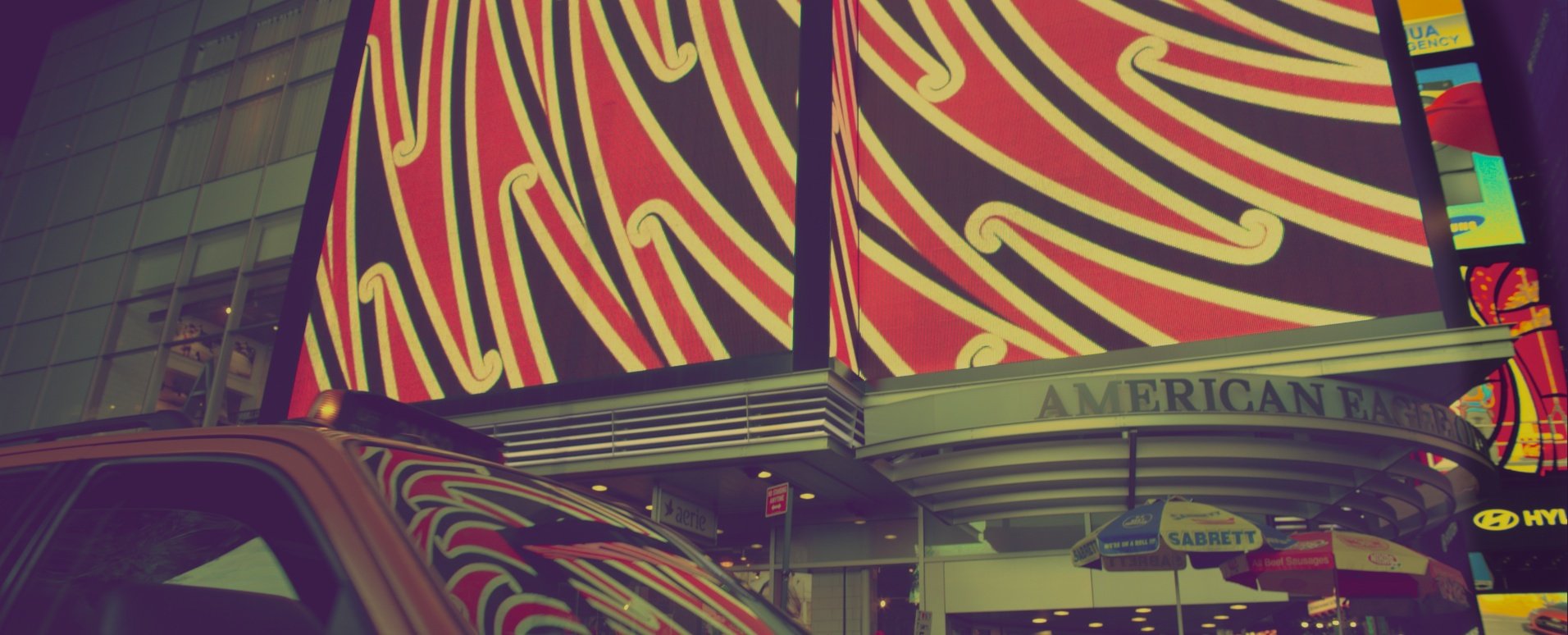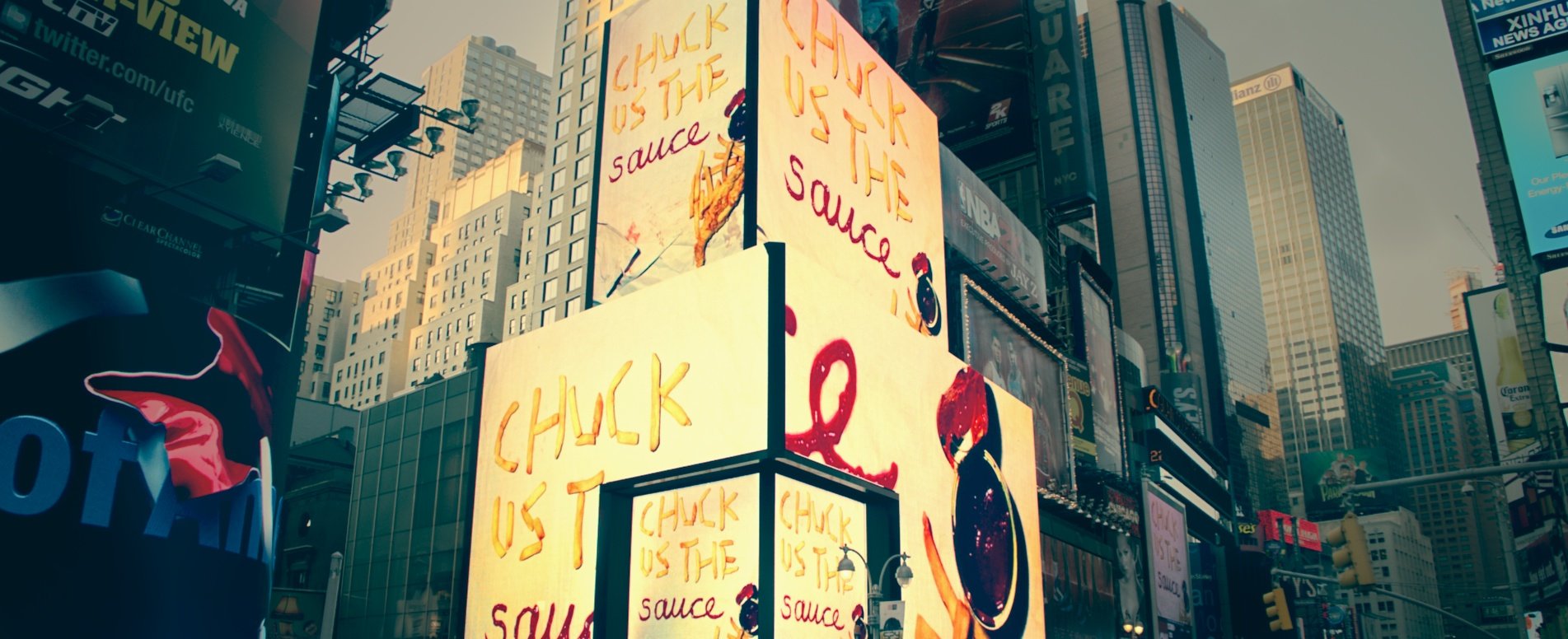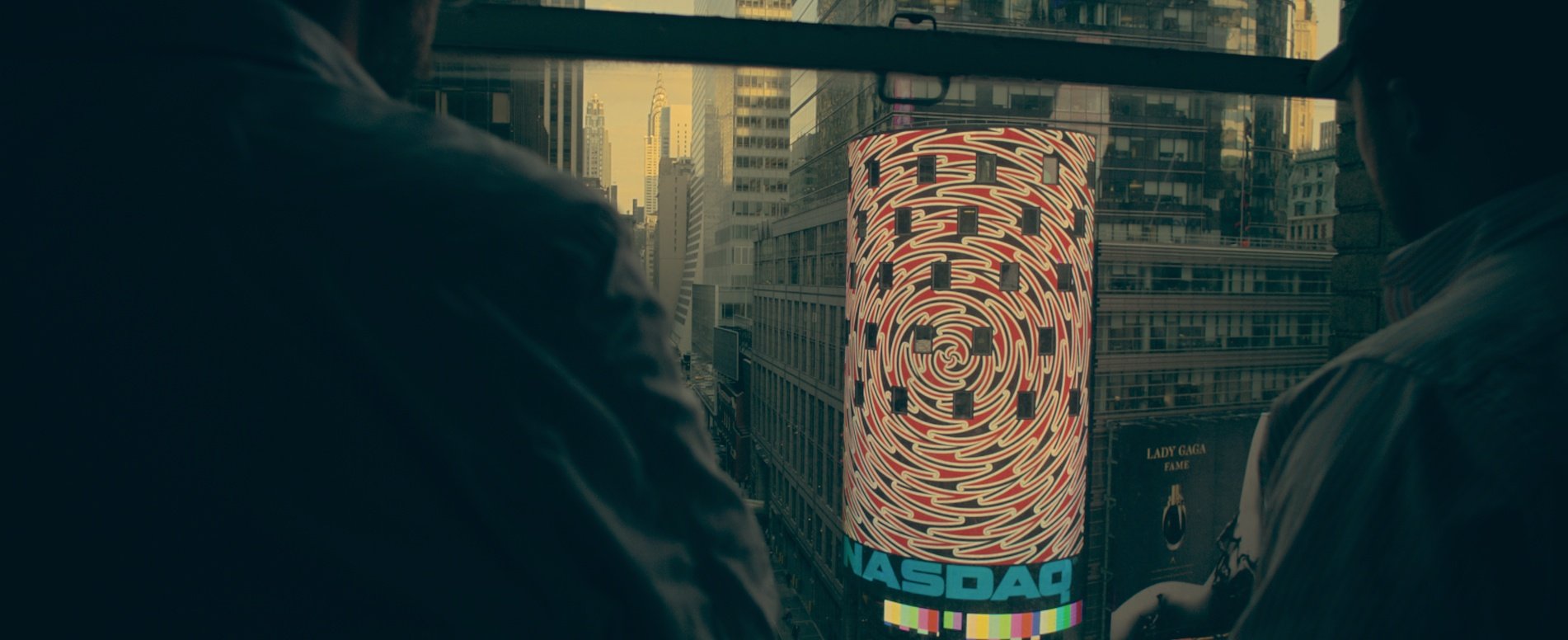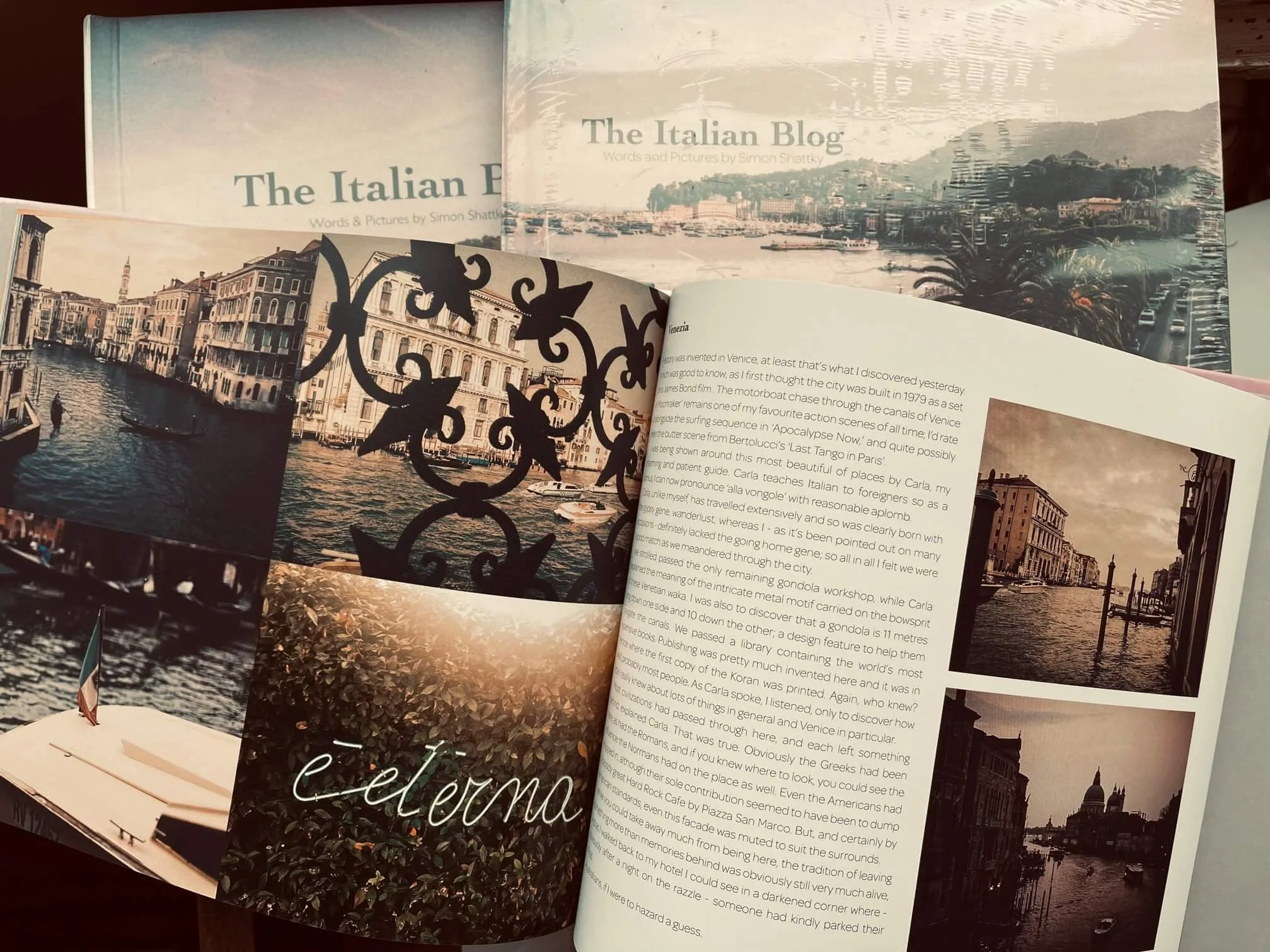I’ve always been good at spotting opportunities. Making something of them is way, way harder, requiring a different skillset entirely and has invariably brought mixed results. I’d like to think the odds are improving. Time will tell.
‘Made by New Zealand’ was a response to a Buy New Zealand made brief that I’d stumbled across by chance back in the day. Perhaps not so much a brief, as it was a small article in the NBR, gagging to be turned into something more.
These days global supply chains make provenance tricky. Lines are easily blurred. McDonalds and Coke can promote themselves as being made in New Zealand if they wished, while Fisher & Paykel can’t. It may well be correct, but it’s silly at the same time.
I reasoned a broader approach was needed, by demonstrating what our products and ideas are really made of. The premise, was that inside our wines - for example - there’s more than grapes and sunshine; you’ll also find tenacity, passion and courage.
Inside everything we create, everything we make, every idea we develop, is our mārohirohi - our character.
Our size and connectedness means that much of what we produce is the result of many. Made by New Zealand was a thought that demonstrated collaboration. At least that’s what it said on the box.
Ten months after the initial presentation, the nice client asked for a demo video to shore up wider support for the initiative, and to convey the feeling of what the end result might be.
Such videos tend to have a small internal audience. They’e usually cobbled together from footage often nicked from another project, sometimes accompanied by a stonking big - also ‘borrowed’ - music track that you have no hope of ever buying. But these details can be dealt with later. Goosebumps are everything. It’s emotion not practicality that gets you over the line. It still does.
In this case, it seemed far more pragmatic to ditch the demo, and just start making the real thing. Surely if the project looked underway, then those manning the handbrake might believe it probably was underway, and a green light would become a self-fulfilling prophesy.
It’s easier to ask for forgiveness, than it is to ask for permission.
It was time to call Mike Miz.
Mike Mizrahi is not only an extraordinarily talented artist, he is a true impresario. With partner Marie, they had just completed the millennium spectacular in the domain, and were about to create some stunning installations for Louis Vuitton in New York and Shanghai. Years later it was their giant rugby ball you saw under the Effiel Tower to promote the Rugby World Cup. Mike took the brief of ‘big’ literally.
Since the Government had just made a huge investment in their new flash silver fernmark, we started there. Besides, I reasoned, even if the client hated everything else about ‘Made by New Zealand’, they would at least end up with some half decent footage of the fern that could be used elsewhere.
The fern Mike wanted to build was the size of Eden Park and made out of sand. As I’ve yet to meet the client who asks for a smaller logo, it was perfect. Almost perfect. Auckland was in the middle of stormy season, and 72 hours before filming, high spring tides had literally wiped the beach off the map. We had no weather cover, and no second chance.
What could possibly go wrong?
“It’ll be fine on the day,” I assured everyone over-confidently. I hadn’t a clue of course, but we boxed on.
Luck was with us. At 3am on a biting cold August morning it was a bit hard to tell, but as night turned to day and the wind dropped, Te Henga turned on a pearler. The mahi tahi was working.
A fine group of artists, entrepreneurs and business leaders, both gracious and generous, stood with us on the sand to endorse the idea, and we filmed others later as momentum grew. “A fine collection of sinners and saints,” observed broadcaster Bill Ralston, arriving on set as Graham Brazier was rehearsing a poem he’d been up all night composing especially for the occasion. Bless.
As Mike manoeuvred his 40 plus construction team, racing against the tide and a mischievous water table, four 35mm camera units captured the action on the beach. Long before drones changed aerial cinematography forever, the only real way to see if what we’d built was what we’d imagined, was to be overhead looking straight down. Two helicopters circled above, filming the finished fern before it returned to the sea.











